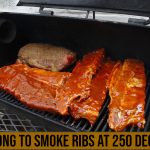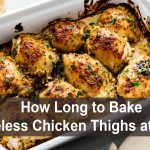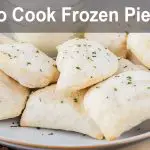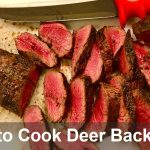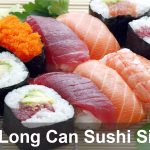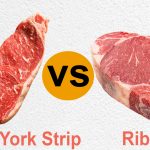It’s a common question that comes up in the kitchen how many teaspoons are there in 10 ml? Whether you’re measuring out ingredients for your favorite recipe or just wanting to know how much liquid is equivalent to a teaspoon, this can be an important measurement to know.
But it can also be quite confusing when attempting to convert metric measurements into imperial and back again! Knowing exactly how many teaspoons of a given liquid equates to 10 ml gives us an easy way out of unpleasant units conversion calculations.
In this article, we’ll take a look at that exact question: How many teaspoons is equal 10ml? Read on for all the details!
Different types of Teaspoons:
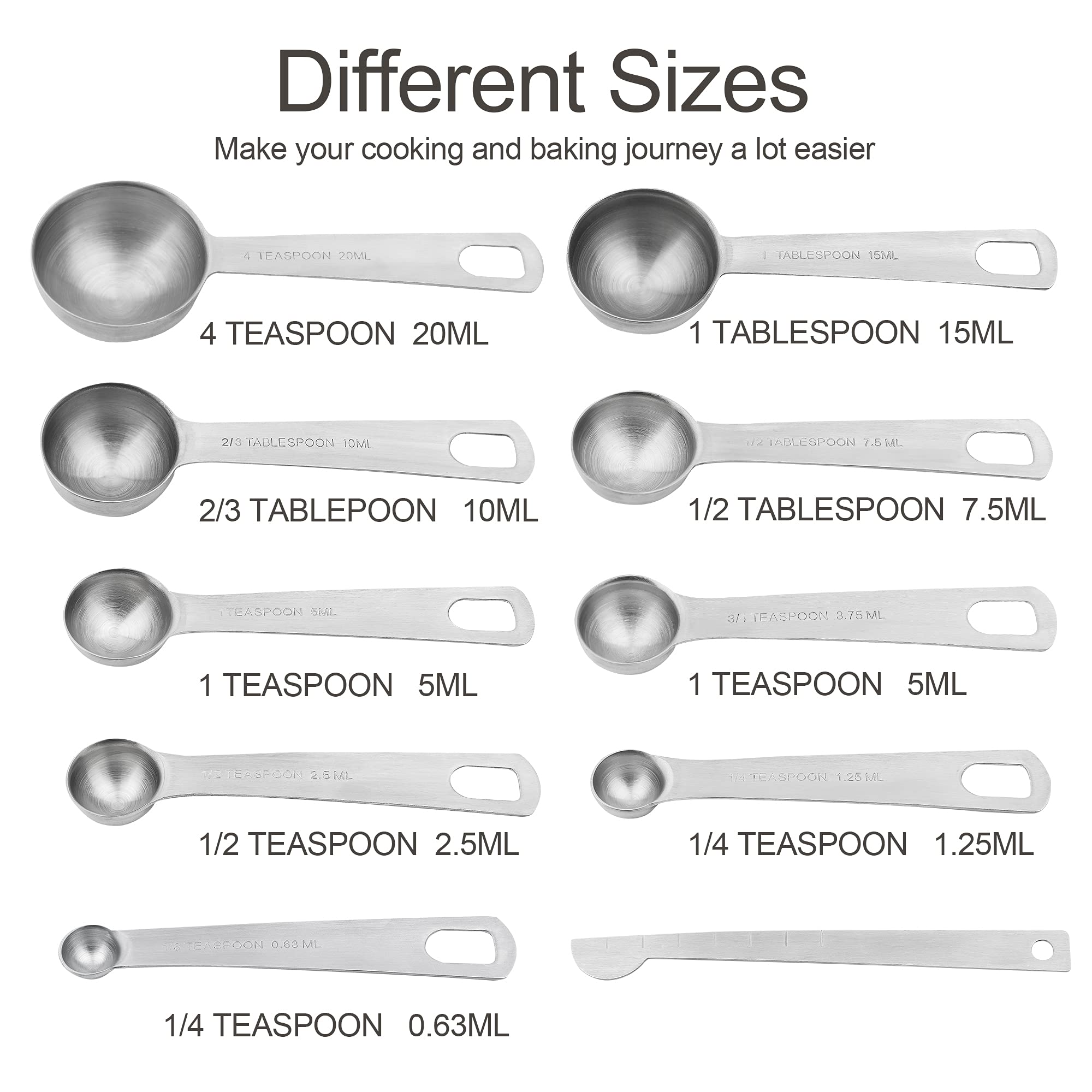
Teaspoons come in various sizes and shapes, designed to suit different needs. The standard teaspoon is a small spoon which holds 5ml of liquid or powder. This type of teaspoon is usually used for stirring coffee or tea, as well as measuring out ingredients while cooking. Other types of teaspoons include soup spoons, dessert spoons, and coffee spoons.
– Demitasse Spoons: These tiny spoons are used for espresso and other strong coffees. They are generally smaller than teaspoons, measuring between 2 and 4 inches in length.
– Iced Tea Spoons: Similar to the teaspoons but with a longer handle, they usually measure up to 7 inches in length and have an extra-wide bowl that is ideal for scooping up ice cubes when making iced tea or other cold beverages.
– Soup Spoon: This spoon has a larger bowl shape that is great for eating soup or other liquids. The handles of these spoons can range from short to long depending on their purpose, often measuring 8 inches or more in length.
– Coffee Scoop: This spoon is a bit larger than the teaspoon, and it’s used for measuring coffee beans when making a pot of joe. The scoop usually measures about two tablespoons in size, which is enough for one cup of coffee.
– Dessert Spoon: Smaller than a tablespoon, the dessert spoon typically has narrower sides that are perfect for getting into smaller spaces and picking up anything from ice cream to pudding. They tend to range between 5 and 6 inches in length.
– Cocktail Spoon: This teaspoon-like utensil has a long handle (usually at least 8 inches) that makes it easier to stir drinks like martinis or other mixed cocktails. It also features an olive pick at the end of its handle, which is great for adding garnishes to drinks.
– Asian Soup Spoons: A larger version of the soup spoon, these are perfect for eating soups and noodles like ramen or pho. They have a wider bowl that can hold more liquid than regular spoons, and the handle typically measures 8 to 9 inches in length.
– Baby Spoons: Designed especially for feeding babies, these spoons feature shallow bowls and long handles (usually between 6 and 7 inches) that make it easier to reach into jarred baby food without having to dig too deep. Some also feature protective edges on the sides of their bowls to keep little ones from hurting themselves while eating.
– Toddler Spoons: These spoons are larger than baby spoons and have longer handles that make it easier for toddlers to grip them without help. They’re also designed with deeper bowls so that more food can be eaten in one sitting. Generally, these spoons measure between 6 and 8 inches in length.
– Serving Spoons: Also known as buffet spoons, they feature long handles (usually 9 inches or more) that are perfect for reaching into deep pans or serving dishes when dishing out food. The bowl of a serving spoon is often oval-shaped and has a large capacity, making it easy to scoop up generous portions at once.
By knowing the different types of teaspoons, you can easily choose the right one for whatever job is at hand. Whether you’re looking for a spoon to stir a cup of coffee or one to serve dinner, there’s likely an appropriate teaspoon out there that can get the job done. From demitasse spoons to serving spoons, these handy utensils are essential tools in any kitchen.
What size is a normal Teaspoons?
A teaspoon is typically a measuring unit equal to 5 milliliters (mL) of volume.
For dry ingredients, a teaspoon is usually equal to around 2.5-3 grams (g). On average, a teaspoon of sugar should weigh about 4.2 grams.
Generally speaking, 1 teaspoon is equivalent to 1/3 tablespoon or approximately 0.167 fluid ounces (fl oz). It’s also important to note that measurements may vary slightly depending on the type of ingredient being measured and the intended use it will be put towards. Therefore, it’s best to refer to specific recipe instructions for exact measurements whenever possible.
Although there are multiple types of teaspoons available on the market today, most traditional teaspoons measure out at 5 mL. Whether you’re measuring liquid or dry ingredients, a teaspoon is an essential part of any kitchen.
How many Teaspoons is 10 ml?
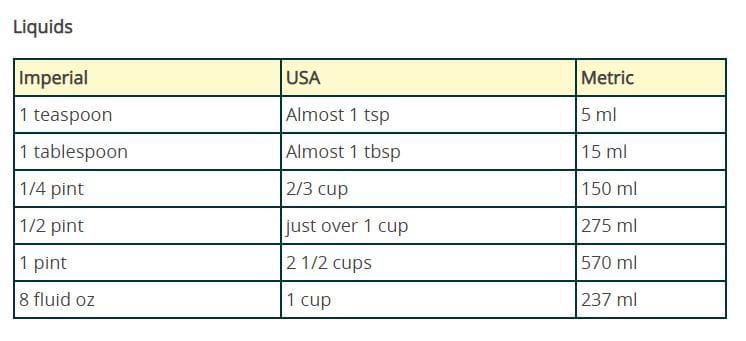
10ml equals to 2.0 teaspoons or there are 2.0 tsp in 10 milliliters.
10 ml is equal to 2.0 teaspoons (tsp). The measurement of 1 teaspoon is 5 mL, so 10 mL equals two teaspoons. This measurement applies to both dry ingredients such as spices and sugar, as well as liquids like water or juice.
It is important to note that measurements may vary slightly depending on the type of ingredient being measured and the intended use it will be put towards, so it’s always best to refer to specific recipe instructions for exact measurements whenever possible. In addition, different types of teaspoons may measure out differently for instance, a dessert spoon typically has a larger volume than a regular teaspoon. Make sure you are using the correct spoon size when measuring out ingredients!
Overall, 10 mL is equivalent to 2.0 teaspoons, making it a useful conversion to remember when cooking or baking at home. Whether measuring out liquid or dry ingredients, knowing this measurement can help you achieve the perfect flavor and consistency for your food!
Is a standard spoon a Tablespoon?
A standard spoon is not necessarily a tablespoon. A tablespoon is a larger measure than a teaspoon, and the size of a tablespoon can vary depending on the type of spoon being used.
A traditional teaspoon measures out to 5 mL, while a tablespoon can range between 15 to 20 mL. A dessert spoon, which is larger than a regular teaspoon but smaller than a tablespoon, measures out at 10 mL. Generally speaking, one level tablespoon of an ingredient will weigh around 4.2 grams.
Is a normal spoon a Teaspoon?
Yes, a normal spoon is typically a teaspoon. A teaspoon is the smallest measurement of volume and it usually measures out at 5 mL. This measurement applies to both dry ingredients like spices and sugar as well as liquids such as water or juice.
When cooking or baking, it’s important to use the right type of spoon for accurate measurements – make sure you are using a regular teaspoon if that is what the recipe calls for! Additionally, different types of teaspoons may measure differently (e.g., a dessert spoon has a larger volume than a regular teaspoon), so be sure to double-check your specific instructions before measuring out ingredients. Overall, a normal spoon is generally considered to be equivalent to one teaspoon.
How do you measure 1 ml of liquid?
1 ml of liquid can be measured using a variety of tools, depending on the level of accuracy required. For instance, graduated cylinders and pipettes are commonly used in scientific settings for precision measurements.
For more casual use at home, simple kitchen measuring spoons can also be used to measure 1 ml of a liquid. Most teaspoons measure out to around 5 mL per teaspoon, so if you’re looking for an approximate measurement for 1 mL you could use about two-thirds of a teaspoon. This is not exact but adequate for many purposes.
Finally, syringes are another excellent tool that can be used to measure out exact amounts of liquids down to the milliliter. Syringes come in all different sizes, so you can purchase one that is the most suitable for your needs.
No matter which tool you use to measure 1 ml of liquid, it’s important to make sure that you read and follow any directions that come with the device carefully. If used incorrectly, your measurements may not be accurate! With a little bit of practice, however, measuring 1 ml of liquid should become an easy task.
Overall, there are a variety of tools that can be used to measure 1 ml of liquid. Depending on the level of accuracy required, you may use something as simple as a kitchen teaspoon or a more precise tool such as a syringe or pipette. No matter which device you choose, it’s important to read and follow any instructions carefully in order to ensure your measurements are accurate!
FAQs:
How can I measure a teaspoon without a measuring spoon?
If you do not have a measuring spoon available, it is possible to use other objects to measure out teaspoons. For instance, a standard-sized drinking straw or chopstick can be used in place of a teaspoon for measuring liquids.
Additionally, standard-sized coins can also act as makeshift measuring spoons; one dime is roughly equivalent to 1/4 teaspoon. A quarter (two dimes) is equal to about 1/2 teaspoon, and a half dollar coin measures around 1 teaspoon when filled level with the edge.
Ultimately, these methods are best used for approximate measurements since exact conversion sizes may vary from coin to coin or item to item. If an accurate measurement is essential, then it’s best to use an actual measuring spoon.
How can I measure half a teaspoon without a measuring spoon?
If you do not have a measuring spoon available, it is possible to use other objects to measure out half teaspoons. For instance, standard-sized coins such as dimes and pennies can be used in place of a teaspoon for measuring liquids.
A dime is roughly equivalent to 1/4 teaspoon, so two dimes can equal approximately 1/2 teaspoon when filled level with the edge. Additionally, a single penny (1/2 of a dime) is equal to about 1/8 teaspoon when filled level with the edge.
Ultimately, these methods are best used for approximate measurements since exact conversion sizes may vary from coin to coin or item to item. If an accurate measurement is essential, then it’s best to use an actual measuring spoon.
When is it necessary to measure 1 ml of liquid?
Measuring 1 mL of a liquid is often necessary for precise measurement and dosage in medical, scientific, or cooking applications. For example, many recipes require exact measurements of liquids such as oil, water, or juice for accuracy and consistency. In medical situations, accurate measurements are important when calculating doses of medication or administering insulin injections.
It’s important to remember that using the wrong tool or incorrect measurements can have dangerous consequences – so whenever possible, always try to use the most precise measurement device available! It’s also crucial to read directions carefully and follow all instructions closely when measuring any type of liquid.
How can I measure 1 ml without a measuring spoon?
If you do not have a measuring spoon available, it is possible to use other objects to measure out 1 mL of liquid. For instance, many medicine droppers are calibrated at 1 mL and can be used as an exact replacement for a measuring spoon in this instance. Additionally, standard-sized coins such as dimes and pennies can also act as makeshift measuring spoons; one dime is roughly equivalent to 1/4 teaspoon (2.5 mL), so four dimes can equal approximately 1 mL when filled level with the edge.
What does 1 tbsp look like?
One tablespoon is equal to three teaspoons or 15 milliliters. It is approximately the size of half a golf ball or an egg yolk. When measuring out ingredients for cooking or baking, it’s best to use a proper measuring spoon in order to ensure accuracy.
When using other objects as makeshift tablespoons (such as coins, straws, chopsticks, etc.), keep in mind that exact conversion sizes may vary from item to item since they are not designed with precise measurements in mind. If an accurate measurement is essential, then it’s best to use an actual measuring spoon instead.
How do you measure a tablespoon of flour?
One tablespoon of flour is typically equal to 15 milliliters, or 5 teaspoons. To measure out one tablespoon of flour, use a spoon to scoop the desired amount from your container and gently level it off with a knife.
It’s a good idea to always double-check the measurement before adding the ingredient to your recipe. It’s also important to note that different types of measuring spoons may produce slightly different results; for example, a rounded tablespoon is generally equivalent to about 20 mL, while a leveled tablespoon will yield an amount closer to 15 mL.
Conclusion
Now that you know the answer to the question, “How many teaspoons is 10 ml?”, there are two teaspoons of liquid in 10 ml. This measurement is helpful for understanding how much liquid needs to be added to a recipe or cup measure when converting metric values into imperial measurements.
It can also help you calculate the exact amount of liquid needed for various tasks such as baking, cooking, and more! Knowing this simple conversion can make your life a little bit easier so don’t forget it! Thank you for reading!

William Lariviere is a chef and restaurateur with over 25 years of experience in the food industry. He is the owner and operator of Swartzsdeli.com, an online restaurant that specializes in gourmet sandwiches and salads, grill & smoke. He likes to share experience, food, recipes cooking knowledge as well as reviews about restaurant and kitchen products.
William’s goal is to provide his customers with healthy, delicious food that is also affordable and develop Swartzsdeli.com into a comprehensive information site specializing in cooking and cuisine to a new level to help reach a wide range of housewives and readers.

